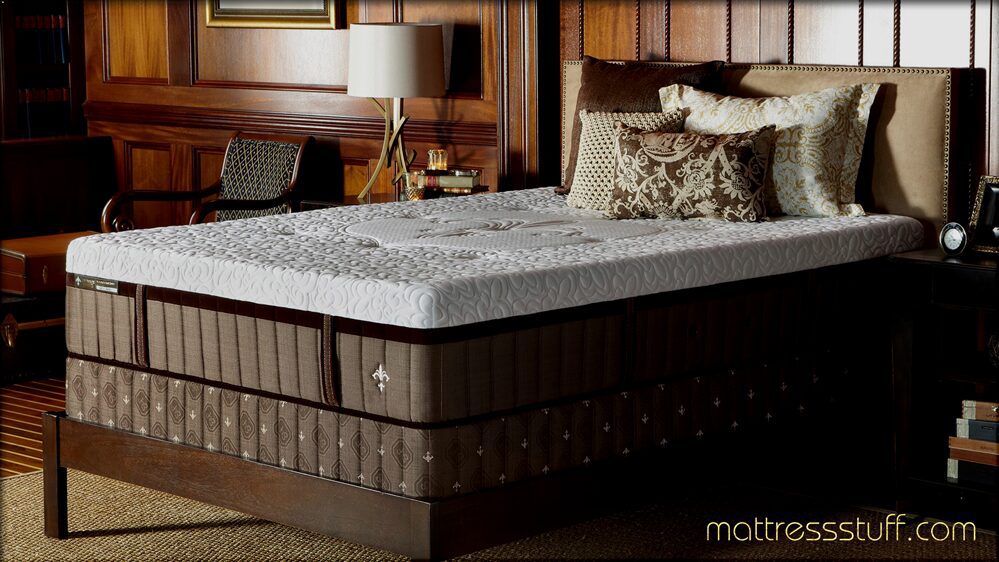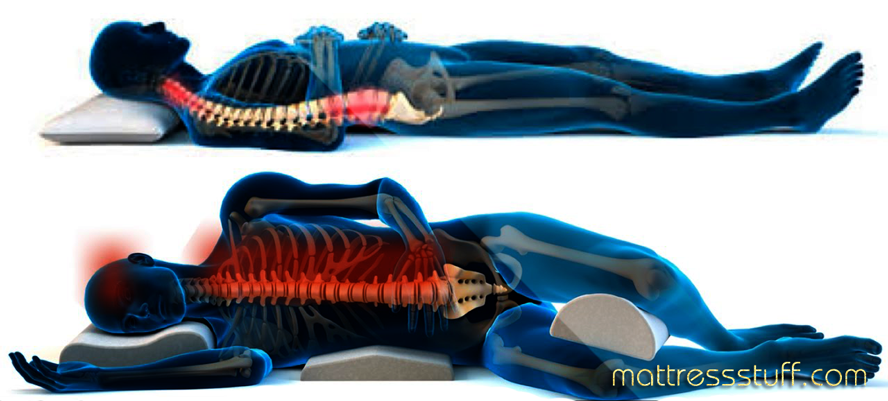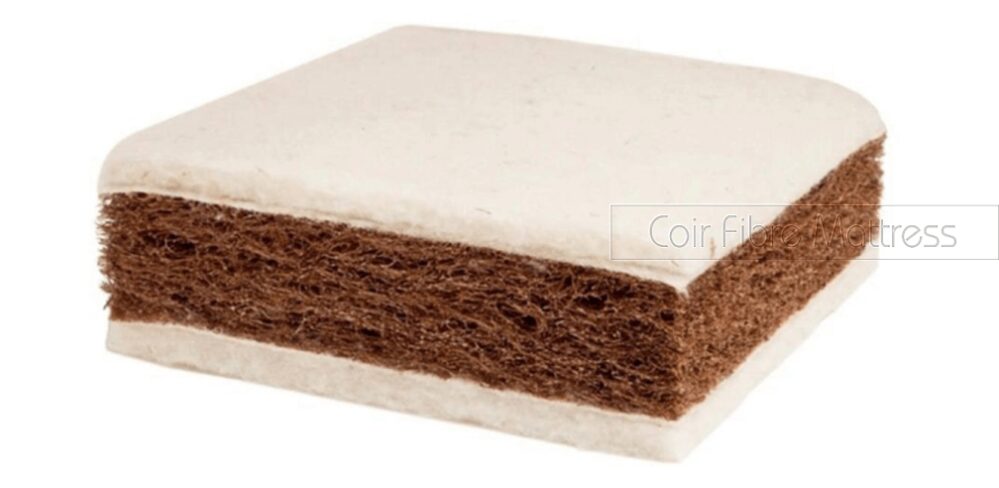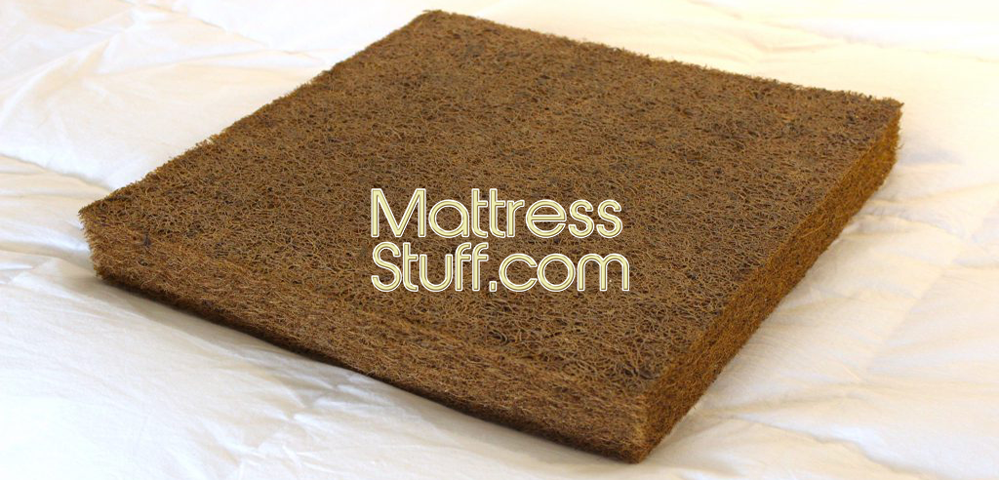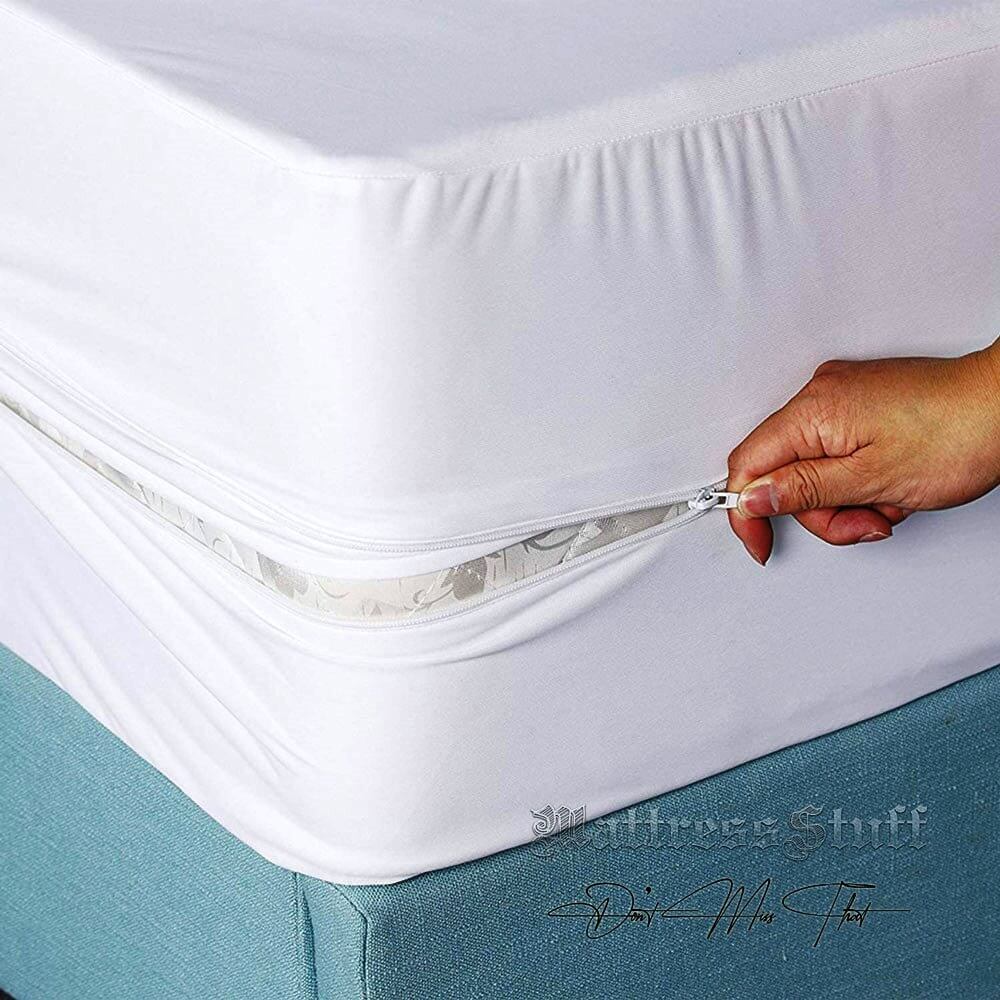
Table of Contents
How the bed causes the spine problems
When a back pain occurs suddenly, it might be both confusing and inconvenient to figure out where the problem is coming from, especially when you have a challenging and active lifestyle.
What is actually causing your spine problems if you have not changed anything in the daily routine?
The answer might lie in your mattress, which can play an important role in how you feel in each morning. In the next section, we will tell you how a bad bed causes spine problems.
What causes spine problems?
Except for natural causes, one of the main reasons for a back pain or spine issues in bed is a poor posture, either from how you sleep or sit at work.
In general, these bad positions can prevent the intervertebral discs from rehydrating, thereby having a negative effect on your spine.
In addition, there are a large group of muscles such as trapezius and small groups of muscles like erector spine that are attached to your vertebra.
A poor posture can put these muscle groups in an awkward position which can result in irritation over an extended period of time.
After several months, it might even lead to pains and aches, especially in the lower area of your back.
How a bad mattress causes spine problems
We spend 8 hours each day sleeping in bed, which means our mattress and how we sleep are definitely decisive factors in a proper posture to cause or prevent spine problems. More importantly, sleep is the time for renewal and healing, so it might undoubtedly be even more significant.
At the most basic, a bed or mattress has to provide 2 main things: comfort and support for your body, especially the spine. Therefore, a good mattress should give you a good feeling and always ensure a refreshing or comfortable position with minimal stiffness or pain.
Support most comes from the core of a mattress. A supportive bed should have sufficient firmness to keep your spine correctly aligned, which helps prevent heavier parts of your body like shoulders and hips from sinking too much into the mattress.
If you sleep in a mattress which is too rough it can place too much tension on this area, while a too soft model won’t provide adequate support for your body, which eventually causes the spine to be in an unhealthy and poor position.
In terms of comfort, a good bed should be able to prevent pressure points causing spine problems. Even though preferences for the thickness and firmness of mattress layers will be different, a good bed might adequately cushion areas such as heels, elbows, shoulders, and hips from pain in a preferred sleeping position.
How to know if your bed is causing a spine problem
There are so many causes of spine problems, so it can be challenging to tell if your aches or pains are coming from. Nevertheless, there are some common signs to look out for if your bed or mattress is the factor to blame.
First, notice when your spine problems happen. If a back pain occurs right after you wake up, but you might still stretch to get rid of this feeling within 15 to 30 minutes, then this indicates that your bed is doing more harm than good.
In addition, if you wake up more often or are trying to sleep by turning and tossing, it can be another major sign of a problem with your mattress. Even when you are not susceptible to spine problems, it is recommended to replace a mattress every 8 years.
Be careful when getting in or out of bed
Many spine problems are caused by making awkward movements when you are doing some routine tasks. One of the most effective ways to prevent these issues is to be aware of your movements. Below are a couple of things that you should be careful to protect your back and spine when getting in or out of the bed:
- Do not make quick jerking movements or twist your back.
- Get in the bed by sitting on the mattress’s edge. Use your hands to support yourself, bend the knees and lay on your preferred side. After that, adjust the position if necessary.
- Roll on your side to get out of the bed and bend in the knees. Make sure to get up from a seated position.

